When Baking, Little Things CAN Mean a LOT!
I always thought flour was flour, so I didn’t hesitate to substitute the flour I had on hand for the flour the recipe called for (that I didn’t have on hand). And I couldn’t figure out WHY in the heck my recipe didn’t turn out the way it was supposed to. I mean, besides this “little” alteration I would make, I otherwise followed the recipe to the letter.

Well, here I am, an aged (and sort of seasoned) cook and baker, and am just now learning the distinctions in flours and the differences they can make in a recipe. To be more precise, I’m discovering that substituting one flour for another is no “little” alteration! Where was Aunt Annie when I needed her? Anyway, better late than never.
So, in case you’ve wondered about the various flour options out there, or tend to make substitutions like I do, I share this pertinent information. Here’s to better results as we learn about flours and how to use them:
ALL-PURPOSE FLOUR: This is the “backbone” ingredient in most baked goods. It’s usually a blend of hard and soft wheats to give best all-around results. The terms white, wheat, or plain flours are synonymous.
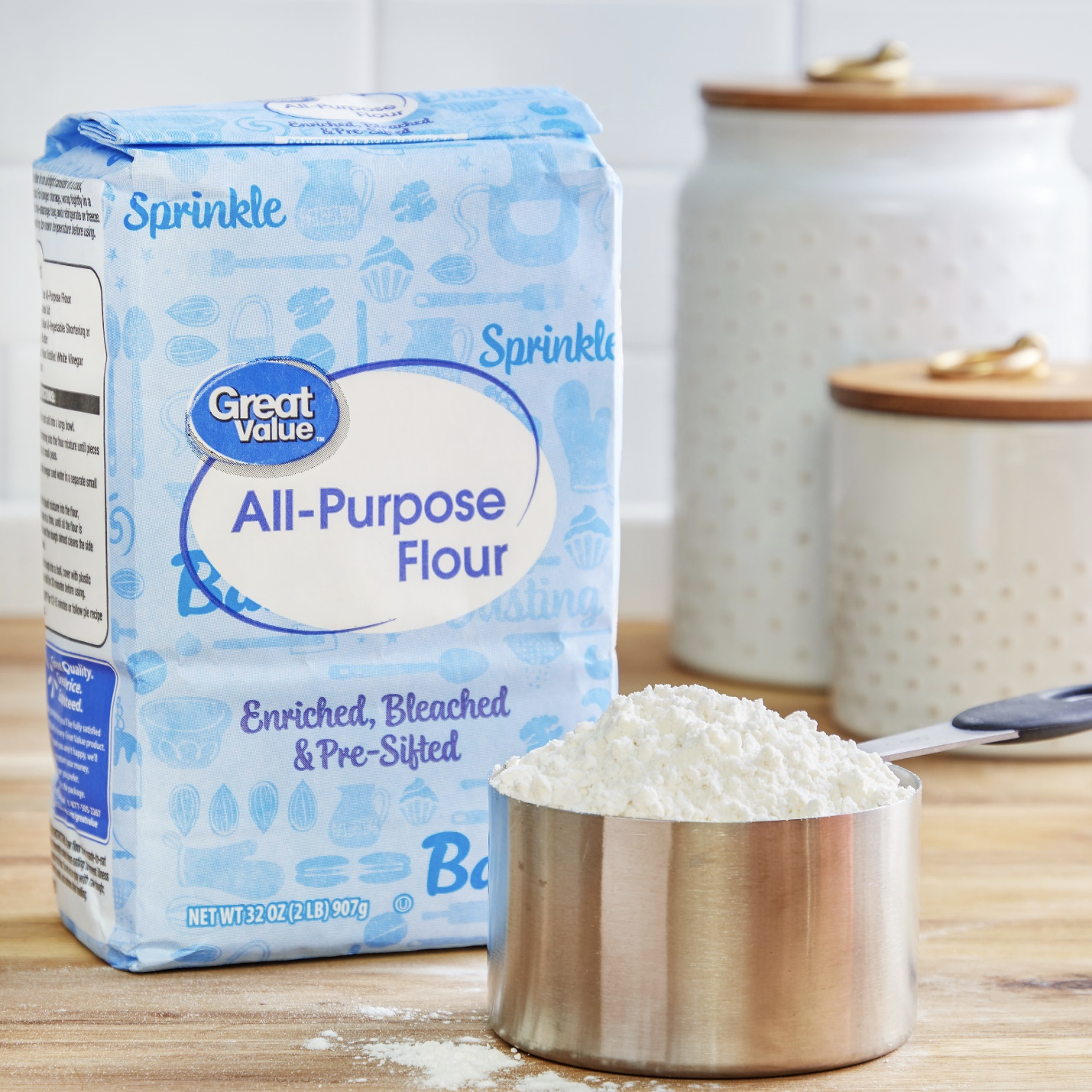
SELF-RISING FLOUR: This contains leavening and salt. When used in quick breads, omit baking powder, soda, and salt. (WHO knew!) It cannot be used for baking yeast breads.
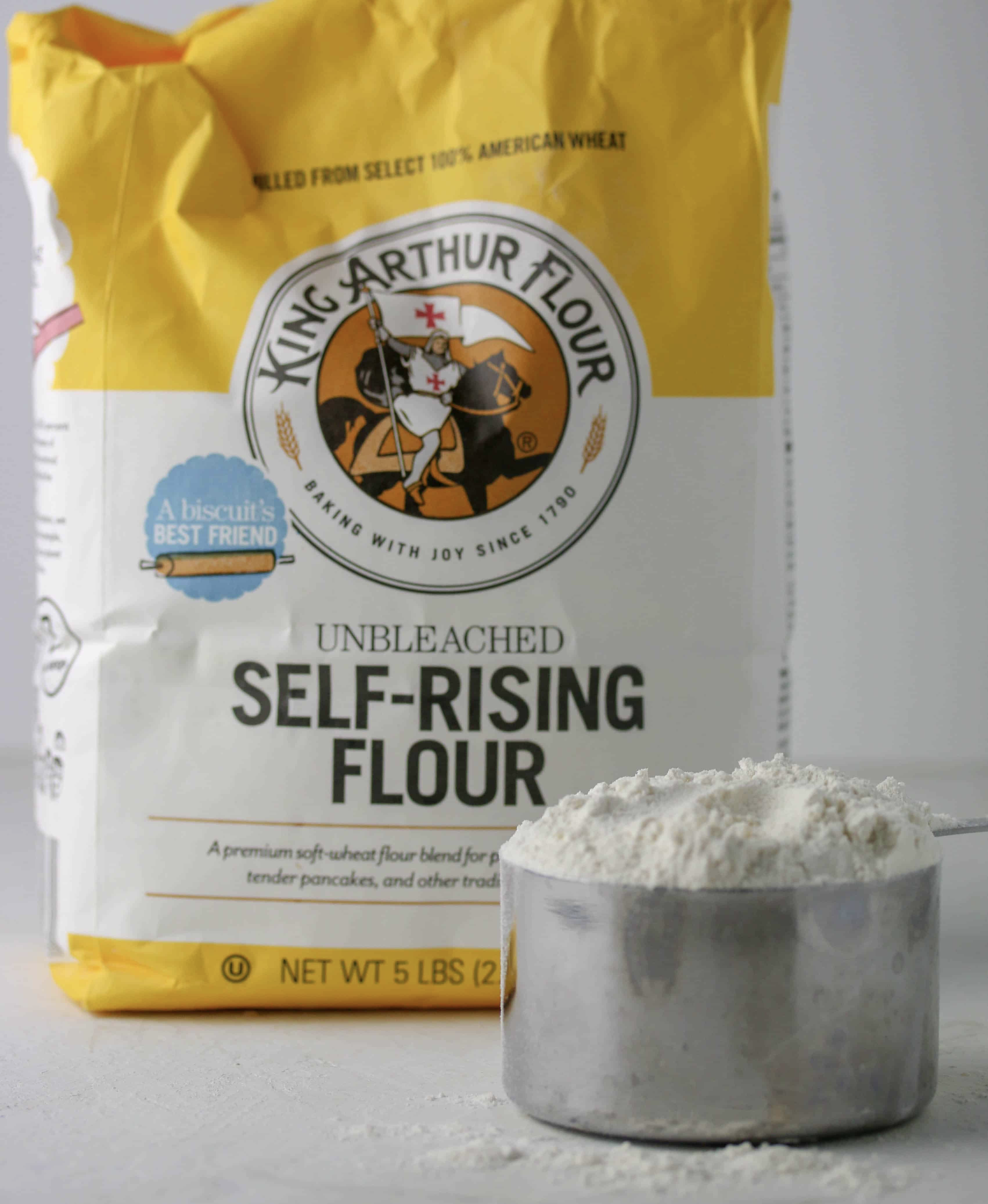
CAKE FLOUR: While you can make a pretty good cake with all-purpose flour, cake flour is required for delicate cakes and is softer and whiter than all-purpose flour. Every professional cake-baker will swear by this rule.
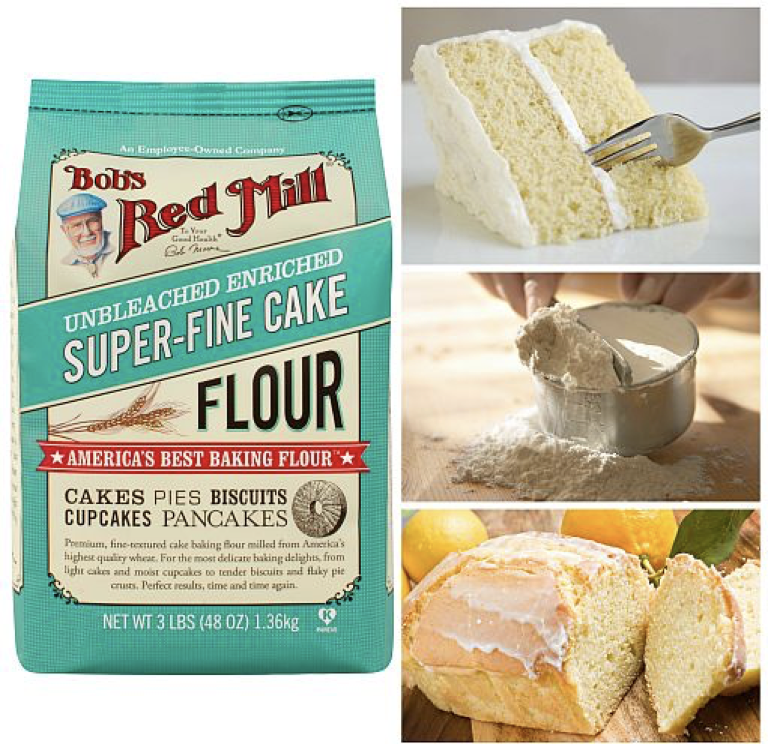
Now some general overall good techniques to know: Sift all white or wheat flour once; pile lightly into the measuring cup with a spoon. Do not shake the cup (this compacts the flour and creates the perception that more is needed so the cup will look full, thus the recipe ends up with too much flour); level with a spatula.
Whole wheat flour (also referred to as graham flour), rye, and buckwheat flours, bran, cornmeal, and oatmeal all have special uses. These flours are usually used in combination with all-purpose flour. Most whole-grain flours and meals are not sifted. Stir them, then spoon lightly into a measuring cup and then level it off with a spatula. (NOTE: whole grain flours should always be stored in either the refrigerator or freezer to prevent loss of nutrients.)
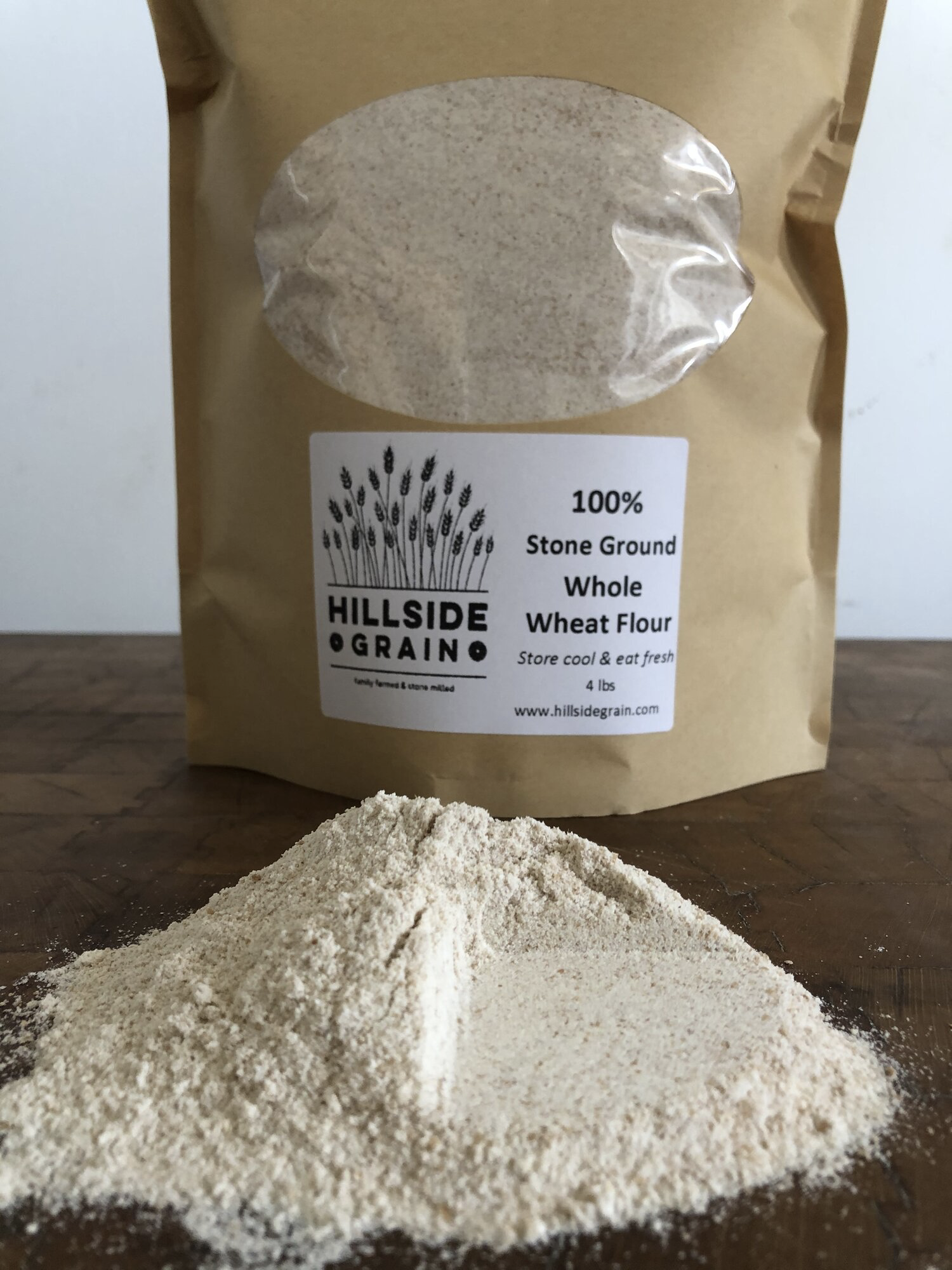
Now for one more common recipe ingredient that I would often leave out (when I didn’t have it around), but with similar baking disappointment—Cream of Tartar. I didn’t think there was any big deal in omitting it, but boy was I wrong. It too, has an important purpose.
On the website eHow.com, I learned that potassium hydrogen tartrate is the scientific name for cream of tartar; it actually has nothing to do with dairy; in fact, it is an acid salt. The actual cream of tartar occurs when tartaric acid is partially neutralized with potassium hydroxide. This chemical reaction turns it into a salt. Wine making is responsible for cream of tartar, as this salt occurs as a byproduct of wine.
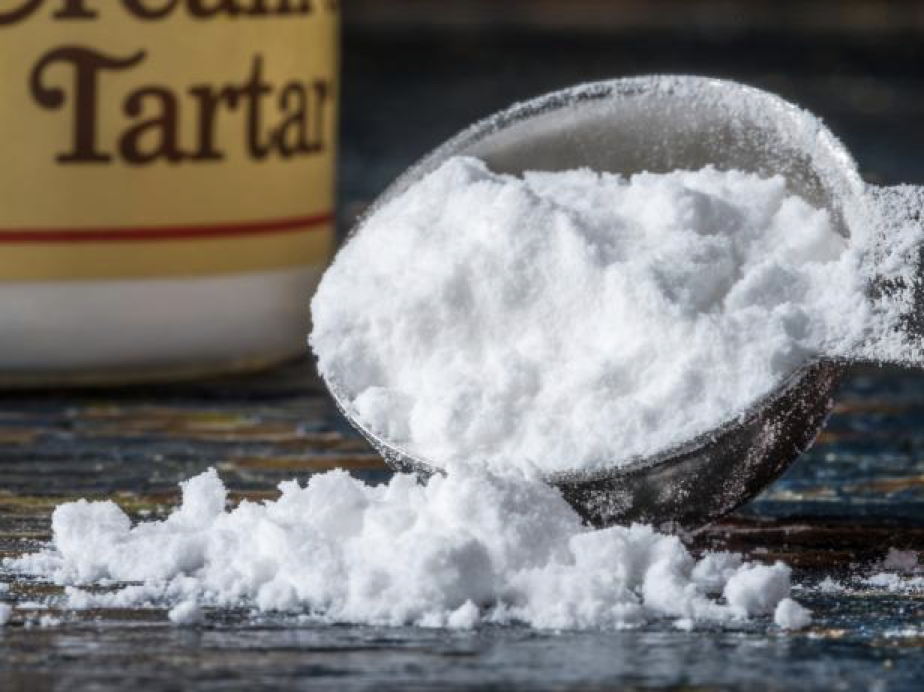
I know you maybe don’t care about all that science jazz, so more to the point: What’s it for? Its most common use is to increase and stabilize the volume of beaten eggs. Cream of tartar also prevents the formation of crystals. Therefore, it is often used in baked goods—it gives a creamier texture to sugary things such as frostings and candy. And another fun fact to know and tell: Baking powder often contains cream of tartar to add acid to the mixture.
This brush-up course on flours and how to use them has helped me, and I hope it’ll help you too. The bottom line when cooking and baking? Little things CAN mean a lot, so note to self: no more randomly substituting one flour for another or leaving out the cream of tartar!
blog comments powered by Disqus

Well, here I am, an aged (and sort of seasoned) cook and baker, and am just now learning the distinctions in flours and the differences they can make in a recipe. To be more precise, I’m discovering that substituting one flour for another is no “little” alteration! Where was Aunt Annie when I needed her? Anyway, better late than never.
So, in case you’ve wondered about the various flour options out there, or tend to make substitutions like I do, I share this pertinent information. Here’s to better results as we learn about flours and how to use them:
ALL-PURPOSE FLOUR: This is the “backbone” ingredient in most baked goods. It’s usually a blend of hard and soft wheats to give best all-around results. The terms white, wheat, or plain flours are synonymous.

SELF-RISING FLOUR: This contains leavening and salt. When used in quick breads, omit baking powder, soda, and salt. (WHO knew!) It cannot be used for baking yeast breads.

CAKE FLOUR: While you can make a pretty good cake with all-purpose flour, cake flour is required for delicate cakes and is softer and whiter than all-purpose flour. Every professional cake-baker will swear by this rule.

Now some general overall good techniques to know: Sift all white or wheat flour once; pile lightly into the measuring cup with a spoon. Do not shake the cup (this compacts the flour and creates the perception that more is needed so the cup will look full, thus the recipe ends up with too much flour); level with a spatula.
Whole wheat flour (also referred to as graham flour), rye, and buckwheat flours, bran, cornmeal, and oatmeal all have special uses. These flours are usually used in combination with all-purpose flour. Most whole-grain flours and meals are not sifted. Stir them, then spoon lightly into a measuring cup and then level it off with a spatula. (NOTE: whole grain flours should always be stored in either the refrigerator or freezer to prevent loss of nutrients.)

Now for one more common recipe ingredient that I would often leave out (when I didn’t have it around), but with similar baking disappointment—Cream of Tartar. I didn’t think there was any big deal in omitting it, but boy was I wrong. It too, has an important purpose.
On the website eHow.com, I learned that potassium hydrogen tartrate is the scientific name for cream of tartar; it actually has nothing to do with dairy; in fact, it is an acid salt. The actual cream of tartar occurs when tartaric acid is partially neutralized with potassium hydroxide. This chemical reaction turns it into a salt. Wine making is responsible for cream of tartar, as this salt occurs as a byproduct of wine.

I know you maybe don’t care about all that science jazz, so more to the point: What’s it for? Its most common use is to increase and stabilize the volume of beaten eggs. Cream of tartar also prevents the formation of crystals. Therefore, it is often used in baked goods—it gives a creamier texture to sugary things such as frostings and candy. And another fun fact to know and tell: Baking powder often contains cream of tartar to add acid to the mixture.
This brush-up course on flours and how to use them has helped me, and I hope it’ll help you too. The bottom line when cooking and baking? Little things CAN mean a lot, so note to self: no more randomly substituting one flour for another or leaving out the cream of tartar!
Sources:
- www.charlotteslivelykitchen.com
- www.walmart.com
- www.bostongirlbakes.com
- www.bobsredmill.com
- www.hillsidegrain.com
- www.foodnetwork.com
 Alice Osborne
Alice Osborne
Weekly Newsletter Contributor since 2006
Email the author! alice@dvo.com
